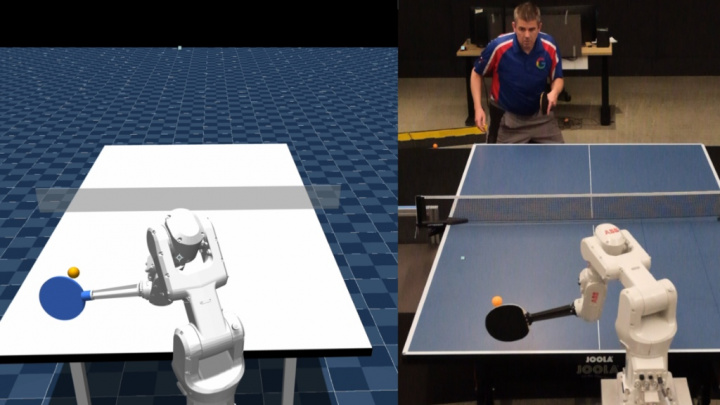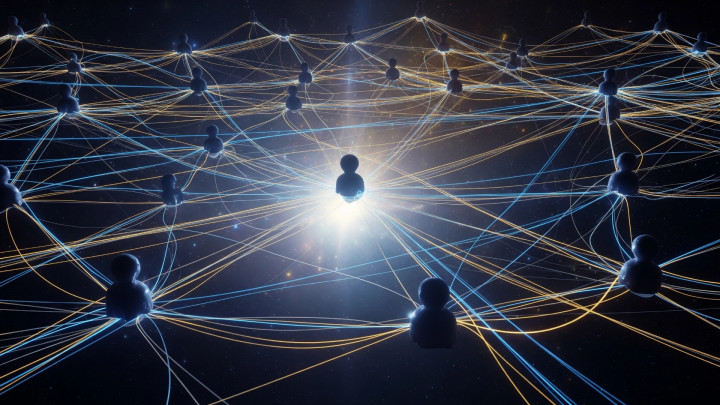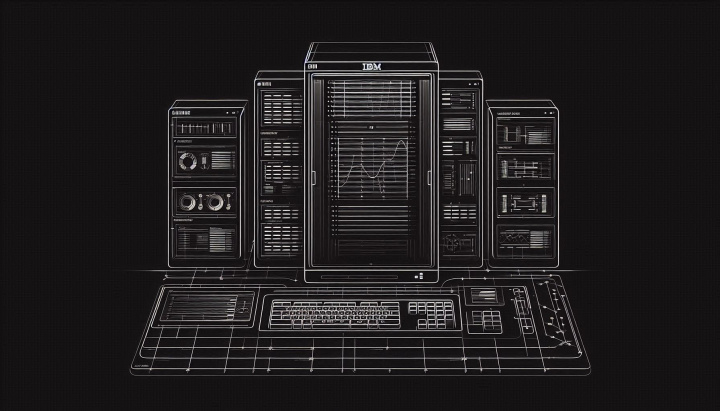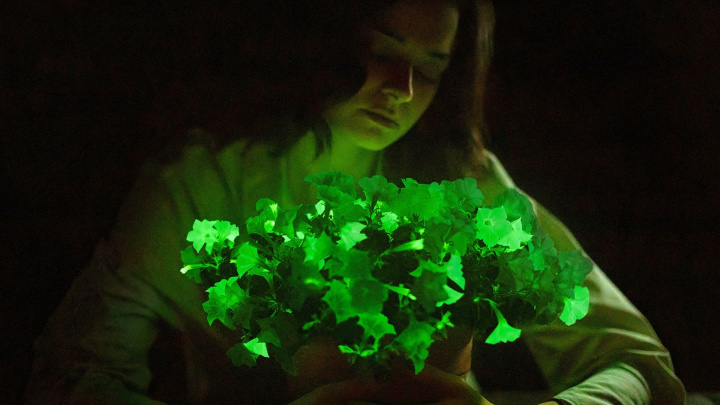Clarke's Third Law: Where Advanced Technology Becomes Indistinguishable from Magic
Arthur C. Clarke's Third Law, stating that "Any sufficiently advanced technology is indistinguishable from magic," has become a cornerstone maxim in discussions spanning science fiction, futurism, and the philosophy of technology. This aphorism highlights the profound, almost supernatural, impact technological progress can have on observers unfamiliar with its underlying principles and mechanisms.
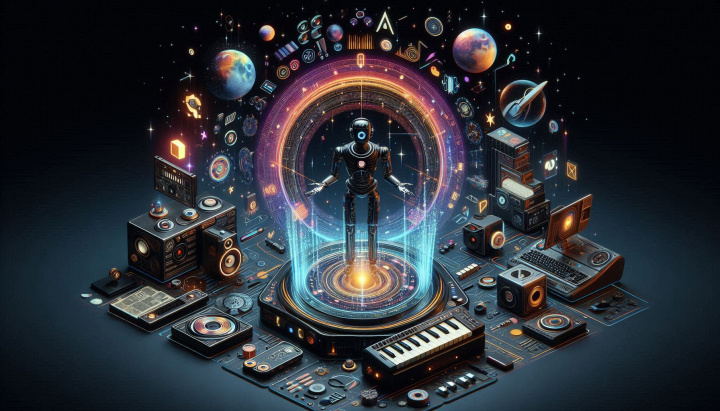
Clarke's Three Laws of Prediction
Arthur C. Clarke, a renowned British science fiction author, inventor, and futurist, formulated three adages concerning the nature of scientific discovery and prediction. While all three offer insight, the third has achieved the most widespread recognition in popular culture and academic discourse.
- The First Law (1962): When a distinguished but elderly scientist states that something is possible, he is almost certainly right. When he states that something is impossible, he is very probably wrong.
- The Second Law (1962): The only way of discovering the limits of the possible is to venture a little way past them into the impossible.
- The Third Law (added in 1973 revision): Any sufficiently advanced technology is indistinguishable from magic.
Clarke first articulated the initial two laws in his 1962 essay "Hazards of Prophecy: The Failure of Imagination," later adding the now-iconic Third Law in a revised version.
Understanding the 'Magic': Perception and Complexity
Clarke's Third Law delves into the relationship between technology, knowledge, and perception. Technological innovations, particularly those operating on principles far removed from everyday experience (like quantum mechanics or complex algorithms), can appear magical due to several factors:
- Causal Opacity: The link between action and outcome is not readily apparent to the observer (e.g., tapping a glass screen to communicate globally).
- Complexity and Abstraction: Modern technologies often rely on layers upon layers of abstraction, making their fundamental workings inaccessible without specialized knowledge.
- Violation of Intuition: Advanced technologies can perform feats that seem to violate intuitive physics or biology (e.g., genetic engineering, instantaneous global communication).
Consider the perspective of someone transported from merely a century ago: smartphones, the internet, satellite navigation, or AI-driven language models would likely be perceived not just as advanced, but as genuinely magical, operating outside their framework of known physical laws. The "magic" resides not in the technology itself, but in the gap between the technology's capabilities and the observer's understanding.
Historical Echoes of the Third Law
The core idea behind Clarke's Third Law predates its formal statement. The perception of the incomprehensible as supernatural is a recurring theme in human history and literature:
- Science fiction author Leigh Brackett wrote in a 1942 story ("The Sorcerer of Rhiannon"): "Witchcraft to the ignorant, simple science to the learned."
- Agatha Christie, in her 1933 story "The Hound of Death," touched upon a similar idea, suggesting the supernatural might simply be aspects of natural law not yet understood.
- Historically, the sophisticated engineering of structures like Roman aqueducts or certain megalithic sites were sometimes attributed by later, less technologically capable cultures to giants or divine intervention, as the methods of their construction were lost or seemed impossible.
These examples illustrate how a lack of understanding regarding the underlying principles or capabilities of a technology (or a past technology) leads to interpretations rooted in the supernatural or magical.
Implications for Innovation and Perception
Clarke's Third Law serves as more than just an observation; it reflects the nature of groundbreaking innovation. Pushing the boundaries often involves working at the edge of current understanding, creating capabilities that initially seem implausible or "magical" even to experts in related fields.
It also carries implications for how society interacts with new technologies:
- Adoption and Trust: Technologies perceived as "magic" can inspire awe but also distrust or fear if their workings remain opaque.
- The Cycle of Normalization: Today's "magic" (e.g., wireless communication, flight) often becomes tomorrow's mundane infrastructure. The boundary continuously shifts as understanding diffuses and technology integrates into daily life.
- Future Frontiers: Fields like advanced AI, quantum computing, brain-computer interfaces, or synthetic biology currently occupy a space where their potential capabilities often evoke comparisons to magic, challenging our current paradigms.
The law encourages innovators to pursue the seemingly impossible, while reminding society that the perception of magic is often a prelude to a new technological reality.
Conclusion
Arthur C. Clarke's Third Law remains a potent reminder of the dynamic relationship between human knowledge and technological capability. What appears as magic is often a reflection of our current cognitive or scientific limitations. As technology advances, the line between the scientifically explainable and the seemingly supernatural is constantly redrawn. The law invites us to view technological breakthroughs with wonder, but also encourages the pursuit of understanding, transforming perceived magic into accessible science and engineering.
